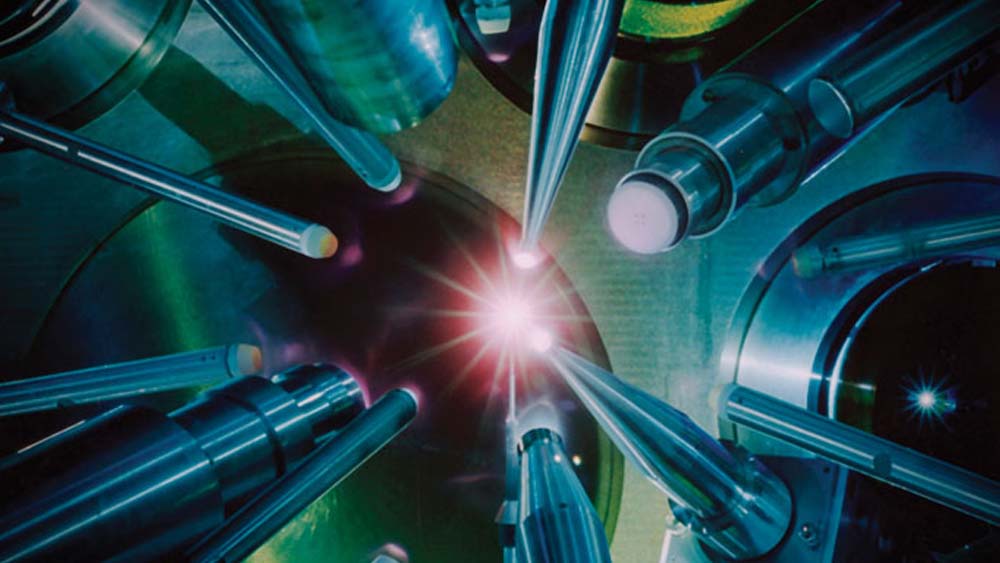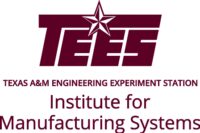
In August 2021, scientists at the Lawrence Livermore National Laboratory’s (LLNL) National Ignition Facility (NIF) had a breakthrough. They succeeded in a nuclear fusion energy experiment by using a laser shot to spark an explosion of energy from a peppercorn-sized fuel capsule. Researchers in the Wm Michael Barnes ’64 Department of Industrial and Systems Engineering at Texas A&M University were, and continue to be, part of these efforts to efficiently access fusion energy.
Fusion energy is a natural process in stars like the sun, where two nuclei combine to form a new nucleus. Scientists would like to use this process on Earth as an energy source based on controlled fusion reactions creating a high energy density plasma, a gas so hot that electrons are freed from the nuclei. When these electrons and ions fuse, they release energy.
One method to create this controlled environment is inertial confinement fusion, containing plasma at the correct temperature and density long enough to induce nuclear fusion reactions. LLNL’s technology uses a spherical shell to improve the energy output. A recent experimental study demonstrated the ability to generate more than 1.3 million joules of energy, a marked improvement over previously reported numbers from similar experiments.
